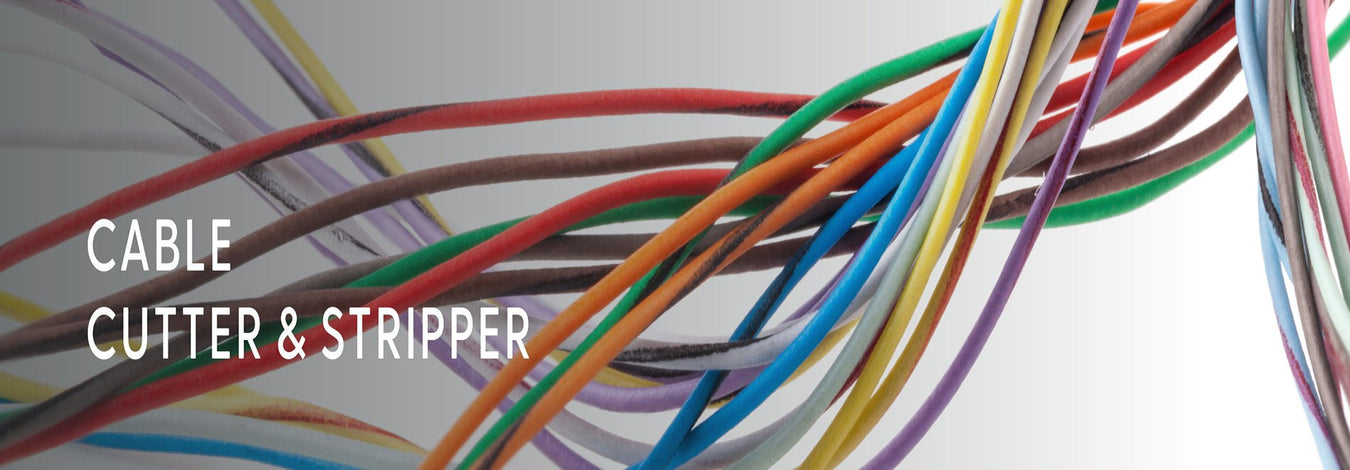
How Do I Know What Wire Connector to Use?
Safety and functionality are important factors when dealing with electrical construction projects, whether in industries or for a do-it-yourself project. Among the many factors that contribute to these projects, one of the most important is the selection of the wire connector. Since there are many types of wire connectors in a wire connector kit, knowing what each can do and when to use it will be beneficial. This guide will cover the various types of wire connectors and the factors to consider when selecting one.
What is a Wire Connector Kit?
The wire connector kit comprises several tools and accessories that assist in connecting wires safely. Kits like the iCrimp KIT-125 DT Connector Kit contain various connectors, each ideal for particular applications and circumstances. In any case, whether fixing a light fixture, adding new plug points, or even wiring a new building, the suitable connector will guarantee a safe, secure, and efficient connection.
Types of Wire Connectors
Wire connectors are available in various types, each suited to specific wire types, conditions, and voltage levels.
1- Twist-On Connectors
Twist-on connectors, also known as the screw and nut connectors, are among the most utilized in residential electrical systems. Twisted by hand, these plastic caps have internal metal threads that hold two or more wires. They are available in various sizes and colors, indicating the potential for multiple wire gauges and their combinations. The cable connects two or more cables to one point. This type of wiring is commonly used in household wiring areas, such as switches, sockets, and junction boxes.
2- Push-In Connectors
These easily assembled quick connectors connect by inserting the wire into a small opening. It is locked, and there is no twisting or any other action that may be required to tighten a wire. These are especially helpful when connecting two solid copper wires and applied to today’s electrical systems. It is not practical for stranded wires but rather for solid cables, and it also addresses tasks where a dependable, quick connection is necessary without the need for specialized equipment.
3- Butt Splice Connectors
Butt splice connectors connect two wires end-to-end, which apply in cases of repairing the existing or extending the length of the cables. They are typically crimped onto the wire using a specialized tool and may be heat-shrinkable for insulation and moisture protection purposes. Its use is recommendable for enlarging the lengths of the wire or rectifying faulty cables. It is also suitable for automotive use or any other application in the external environment due to its waterproofing features. An ideal example is the iCrimp Insulated Butt, Spades, and Rings Connectors.
4- Crimp Connectors
It is achieved by inserting the wire into the connector and then using a crimping tool to lock it in the crimp connector. These may differ, such as ring, spade, and fork terminals. Crimp connectors such as the iCrimp Insulated Butt, Spades, and Rings Connectors from AWG22-10 are primarily in residential applications and industries. It is preferred when creating more permanent connections. It is common for home and car wiring, especially in those applications where vibration or movement may damage other connectors.
5- Deutsch Wire Connectors
Deutsch wire connectors are sturdy and designed for harsh conditions, such as automotive, marine, and industrial use. They guarantee rugged communication for electrical running systems used in big machines, cars for rough terrains, and military mobilization. An ideal example is the iCrimp Deutsch Connector Kit. They include a crimped contact system, which provides resistance to moisture, corrosion, and vibration.
How to Choose the Right Wire Connector
Some of the factors that one needs to take into consideration when selecting a wire connector are:
- Wire Gauge: Connectors vary in size (gauge) capacity, so the type of connector you use depends on the wire gauge. It would be best to verify the wire gauge in conjunction with the connector’s dimensions and capacity to do this.
- Number of Wires: Some connectors connect several or more wires, and some connect in one connection at a time. Select the type based on the number of cables you need to connect.
- Environment: If the connection is exposed to water, heat, or any other physical environment outside, it is advisable to use connectors with waterproofing or heat-shrinking features.
- Voltage Requirements: Pay attention to the voltage category of the connector to meet the application requirements.
- Insulation: Ensure sufficient insulation around the connector to prevent short-circuiting and facilitate maintenance.
- Application: Depending on the nature of the connection, the kind of connector that will suit it will depend on the intended use.
Final Thought
The use of a proper wire connector also guarantees safe wire connections and recommended electrical connections. With the information gathered on the various types of wire connectors used in a wire connector kit, you will be able to tackle your electrical installation with confidence. The connector type will make a significant difference, even if it's just for fixing your house or adding an extra connector. Nevertheless, the number of wires and gauges, environment, voltage, and insulation determines the type of connector to use. Professional tools and high-quality wire connector kits from iCrimp provide professionals and DIY enthusiasts with a secure way to work.
References





